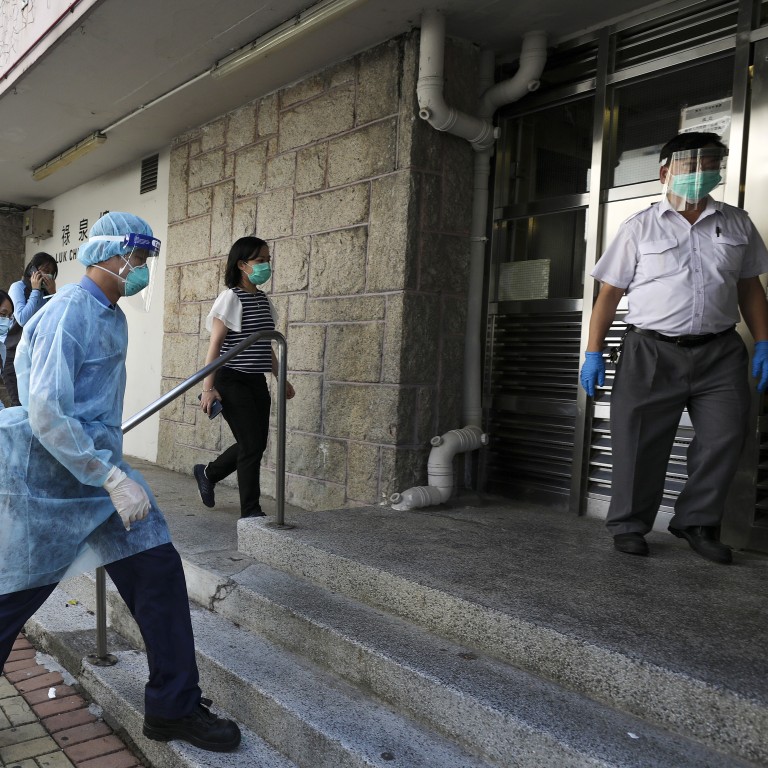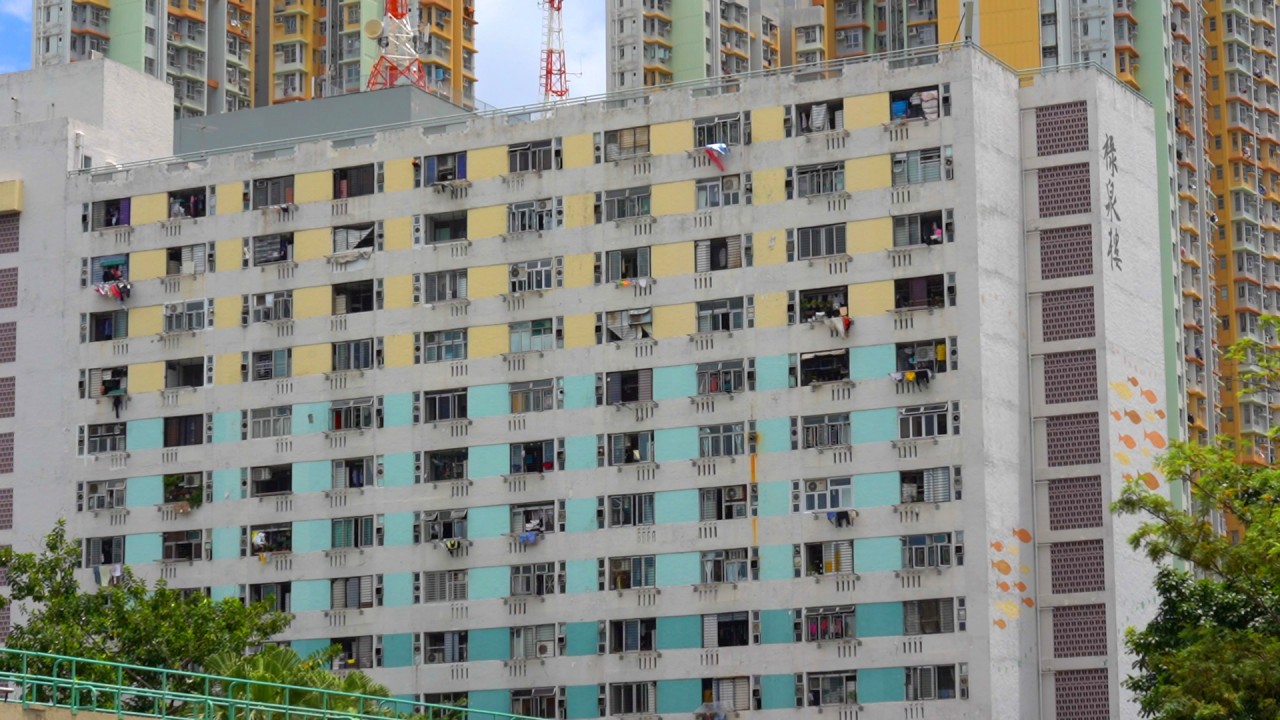
Exclusive | Coronavirus: kitchen exhaust fans could be behind latest Hong Kong cluster, says leading infectious disease expert
- Professor Yuen Kwok-yung reveals findings into outbreak at Luk Chuen House at Lek Yuen Estate, in Sha Tin
- Residents on different floors living in units numbered 10 and 12 have fallen ill
The analysis from Professor Yuen Kwok-yung, an expert from the University of Hong Kong who advises the government on the pandemic, could shed new light on the spread of the coronavirus in Luk Chuen House at Lek Yuen Estate, in Sha Tin.
Yuen spoke to the Post on Friday as the city confirmed three new imported Covid-19 cases, bringing the tally to 1,102, with four related deaths.
Although no new local cases were reported, the return of infections within the community over the past week has raised the alarm.
More than 30 Sha Tin district councillors demanded that schools in their area be suspended to prevent a wider outbreak.

03:41
Fears of fresh Covid-19 outbreak in Hong Kong after 6 cases reported connected to a building
Two of the imported cases involved a 73-year-old woman and her eight-year-old granddaughter who returned from India on Thursday on the second flight chartered by the government to bring residents home. They were the first returnees on a chartered flight from India to have been found with the virus.
The third patient was a 49-year-old woman coming back from Britain.
Contact tracing – privacy vs urgency in the fight against Covid-19
In an overnight evacuation, 75 residents of Luk Chuen House, from flats numbered 12 and 10 across all floors, left their homes, according to the Centre for Health Protection on Friday. The move came after five residents from three flats numbered 12, and one numbered 10, were confirmed to have the virus.
Two other infected residents in the block had stayed in flats of different numbers on the eighth floor, where the building’s first reported patient, a 34-year-old woman, also lived.
Authorities said they would carry out a thorough investigation into whether there were structural problems in the building that caused the spread, although an initial inspection earlier this week did not identify any obvious defects in sewage and ventilation pipes.
The centre also reported that 1,352 deep-throat saliva samples collected from residents of the block had all tested negative for Covid-19, except four previously reported cases.
Among the six households who had not yet returned samples, one resident was confirmed to have left the city last month.
Yuen from HKU said he believed exhaust fans in the kitchen could be the means for the virus to have spread among the three flats numbered 12.
The first reported case was on a lower floor, and the most recent patient lived three floors above.
“A patient who has a high viral load could blast out air [with the coronavirus] when cooking,” Yuen said. “As the kitchen temperature during cooking is usually higher, the air [extracted by the fan] will rise and go up.
“If flats above did not turn on their extraction fans, and the wind was blowing towards those flats, people there could have got infected.”
While Yuen said he and other experts were open to all other possibilities on the routes of transmission, the exhaust fan was the more likely explanation.
New York coronavirus came via Europe, not directly from China, scientists say
For the two other homes which did not face the same direction as flats 12 and 10, Yuen believed the residents there could have become infected through commonly touched areas, such as postboxes, main entrance doors, and lift buttons.
“Both the theories of extraction fans and commonly touched areas could coexist,” he said, noting that there could be more than one reason for explaining the transmission of the virus.
Meanwhile, Dr Ho Pak-leung, also from HKU, told a radio programme on Friday morning that all residents living on the same floor as the 34-year-old patient should also be sent to quarantine for observation.
Based on experiences during the severe acute respiratory syndrome (Sars) epidemic in 2003, he said, a patient could spread droplets to a corridor of the building or neighbouring flats through airflow.
Additional reporting by Lilian Cheng

